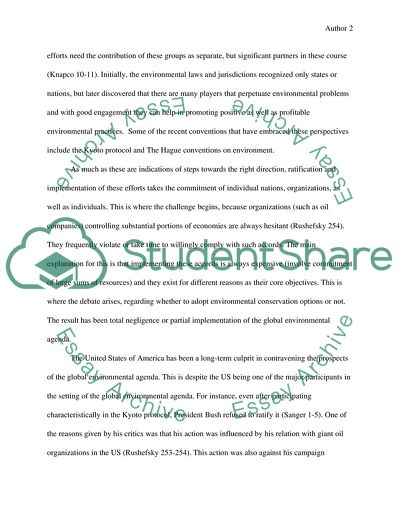Cite this document
(Environmental Public Policy Article Example | Topics and Well Written Essays - 1500 words, n.d.)
Environmental Public Policy Article Example | Topics and Well Written Essays - 1500 words. https://studentshare.org/environmental-studies/1808758-optional
Environmental Public Policy Article Example | Topics and Well Written Essays - 1500 words. https://studentshare.org/environmental-studies/1808758-optional
(Environmental Public Policy Article Example | Topics and Well Written Essays - 1500 Words)
Environmental Public Policy Article Example | Topics and Well Written Essays - 1500 Words. https://studentshare.org/environmental-studies/1808758-optional.
Environmental Public Policy Article Example | Topics and Well Written Essays - 1500 Words. https://studentshare.org/environmental-studies/1808758-optional.
“Environmental Public Policy Article Example | Topics and Well Written Essays - 1500 Words”. https://studentshare.org/environmental-studies/1808758-optional.


